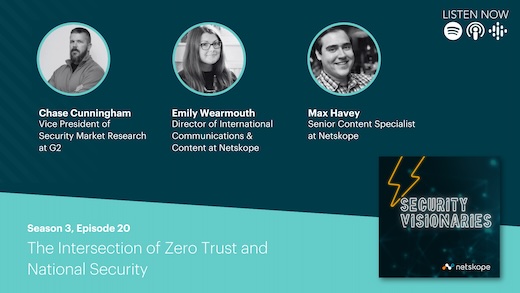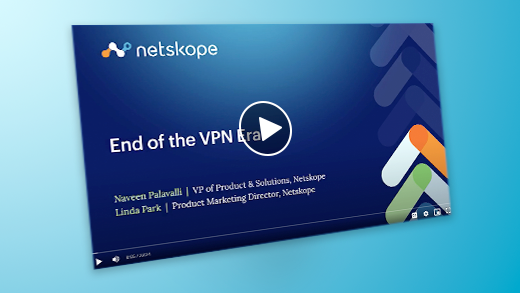ZTNA creates a new security framework, based on the zero trust security model, for connecting users with enterprise resources. Private applications connect to the ZTNA broker via application gateways. When a user connects, the cloud-based ZTNA broker verifies the user’s identity and security posture before connecting users to the authorized applications.
Users everywhere, using any device, gain direct access to applications hosted anywhere, providing superior user experience with consistent policy controls.
Because ZTNA only grants application-specific access, not network access, it eliminates unauthorized lateral movement. With ZTNA, there is no inbound connectivity to the enterprise network and the resources remain hidden from discovery, reducing the digital attack surface.




 Back
Back 

























